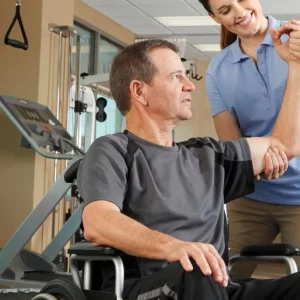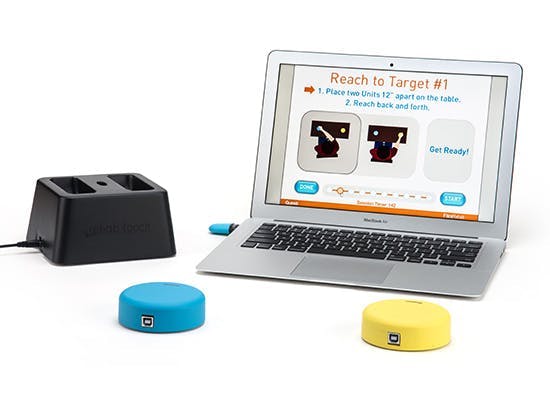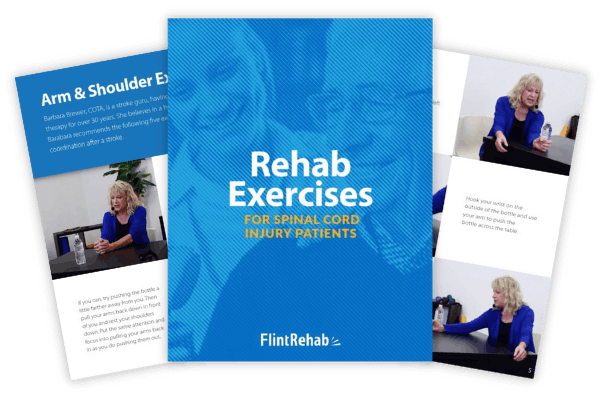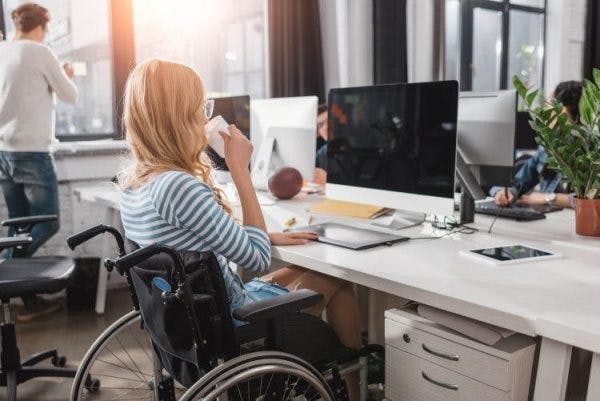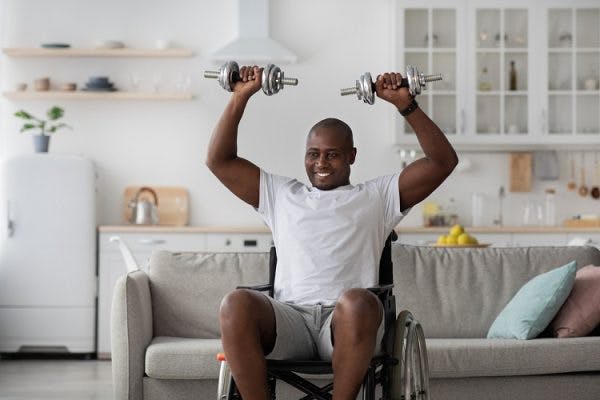When you’re living with a spinal cord injury or another neurological condition, progress often feels uncertain. Some days you see small wins, other days it feels like your body just won’t cooperate. That’s why so many patients and therapists are turning their attention to transcutaneous spinal cord stimulation (tSCS).
tSCS is a therapy designed to help the nervous system reconnect by sending mild electrical pulses through the skin to the spinal cord. It doesn’t require surgery, and it can be paired with physical and/or occupational therapy to make everyday movements—like standing, walking, or even gripping an object—more achievable.
This guide is written for anyone curious about tSCS. We’ll cover what it is, how it works, what the research shows, and what to expect if you’re considering it. More importantly, we’ll talk about what these findings really mean for people hoping to regain independence.
What Exactly Is Transcutaneous Spinal Stimulation (tSCS)?
At first glance, the name itself can sound intimidating. But broken down, it’s simple:
- “Transcutaneous” means “through the skin.”
- “Spinal cord stimulation” means applying small electrical pulses to the spinal cord.
With tSCS, surface electrodes are placed on the skin over the spine. These electrodes gently stimulate nerve roots that connect to movement pathways. Unlike surgical implants, nothing goes inside the body. It’s as easy to set up as attaching stickers with wires.
This matters because accessibility is often a barrier to treatment. tSCS removes some of that barrier by offering a noninvasive, lower-risk option that can be repeated as often as needed in a therapy setting.
How Does Transcutaneous Spinal Stimulation Work?
To understand why transcutaneous spinal stimulation works, it helps to think of the spinal cord not just as a “messenger” carrying signals back and forth. The spinal cord has its own built-in circuits that can produce patterns of movement such as stepping or reaching.
In many spinal cord injuries, those circuits are still there. They’re just not active because the connection from the brain has been disrupted. tSCS acts like flipping the “on” switch, making those pathways more responsive or excitable.
When the stimulation is combined with therapy such as stepping on a treadmill or practicing reaching, it gives the nervous system a boost, like jump-starting a car battery. Instead of the body struggling to complete the movement, the stimulation makes it easier to “find the signal.” Over time, with repetition, the nervous system can relearn these patterns more effectively.
What Does tSCS Feels Like?
For many patients, the first question is: “Will tSCS hurt?”
The answer is reassuring. Most describe it as a tingling or buzzing sensation, similar to pins and needles, but not painful. As the therapist increases the intensity, you may feel your muscles contract slightly, which can actually be encouraging as this is a visible sign that your body is responding.
Although tSCS might feel strange at first, most people adapt quickly. Many even say they stop noticing the buzzing once they focus on the therapy exercises.
Individuals may occasionally experience minor skin irritation, so it is important to monitor the skin for any signs of redness. This usually resolves within a day or two.
How Does tSCS Benefit Spinal Cord Injury?
Most of the research on transcutaneous spinal cord stimulation has focused on people with incomplete spinal cord injuries. These are injuries where some sensation or motor function remains below the level of injury. However, research is beginning to show some positive results even for individuals with complete spinal cord injuries who experienced a complete loss of sensory and motor functions below the level of injury.
In the existing body of research,tSCS has shown the ability to:
- Increase voluntary movement in legs or arms
- Improve standing balance
- Enhance walking speed and distance
This is a big deal because for patients and families, even small improvements like being able to stand a little longer, or grasp an object more securely can make a huge difference in daily life.
Why Consider tSCS?
Every person’s journey with rehabilitation is different, but tSCS offers a few key advantages that make it worth exploring:
- Noninvasive: No surgery, no implanted hardware, and very few risks.
- Boosts traditional therapy: When paired with physical or occupational therapy, it helps the nervous system “learn” more efficiently.
- Encourages neuroplasticity: This is the brain and spinal cord’s ability to rewire and form new pathways which is a critical part of recovery after injury.
For patients, this isn’t about overnight miracles. It’s about improving the odds that each therapy session leads to meaningful progress.
How Do I Find Access and Availability to Clinics Using Transcutaneous Spinal Cord Stimulation
One of the biggest questions patients and families have about transcutaneous spinal cord stimulation (tSCS) is: “Can I actually get this therapy?” The short answer is: it depends on where you live and what resources are available.
Current clinical availability
Right now, tSCS is most widely offered in research environments, typically at major rehabilitation hospitals and university medical centers. A small number of progressive rehab clinics are beginning to integrate it into their programs, but it’s not yet something you’ll find at every local facility.
If you’re interested, the first step is talking to your neurologist, physiatrist, or rehab team to see if they know of programs or studies nearby.
Insurance coverage
Because tSCS is still considered an emerging therapy, insurance coverage remains inconsistent. Clinical trial participation often means sessions are covered at no cost, but outside of trials, patients may face out-of-pocket expenses. Some private rehabilitation centers are offering stimulation sessions, but pricing varies.
The encouraging news is that as more high-quality evidence is published, insurers may be more likely to reimburse for tSCS in the future. This is the same trajectory other neuromodulation therapies, such as functional electrical stimulation, have followed with limited access at first, then gradual expansion into mainstream rehab.
Geographic differences
In the United States, most access is concentrated at academic medical centers and specialized spinal cord injury programs. Internationally, countries in Europe and Asia are also piloting tSCS programs through national rehabilitation initiatives. This means availability may differ significantly depending on location.
Future of home-based systems
Researchers are working on simplified home-use tSCS devices that could one day allow patients to follow structured programs at home, monitored remotely by their care team. While these devices are not yet commercially available, they represent an exciting step toward making tSCS more accessible and affordable.
What this means for patients today
If you or a loved one is interested in tSCS, consider:
- Asking your rehab physician about ongoing studies or clinical partnerships.
- Searching clinical trial databases (such as clinicaltrials.gov) for tSCS programs in your area.
- Exploring patient advocacy groups like the Christopher & Dana Reeve Foundation, which often share updates on new rehabilitation opportunities.
Access may feel limited today, but the momentum behind tSCS is strong. What’s primarily available in research settings now has real potential to become a standard part of rehabilitation in the coming years.
Final Thoughts: Transcutaneous Spinal Cord Stimulation Is Game Changing
For those navigating recovery, tSCS represents something powerful: a safe, innovative therapy that offers the chance to regain movement, independence, and confidence in daily life.
It’s not quite mainstream yet. However, if you are located in the United States, talk with your neurologist or primary care physician about clinical trials or research that may be ongoing and offer you access to this groundbreaking therapy!

